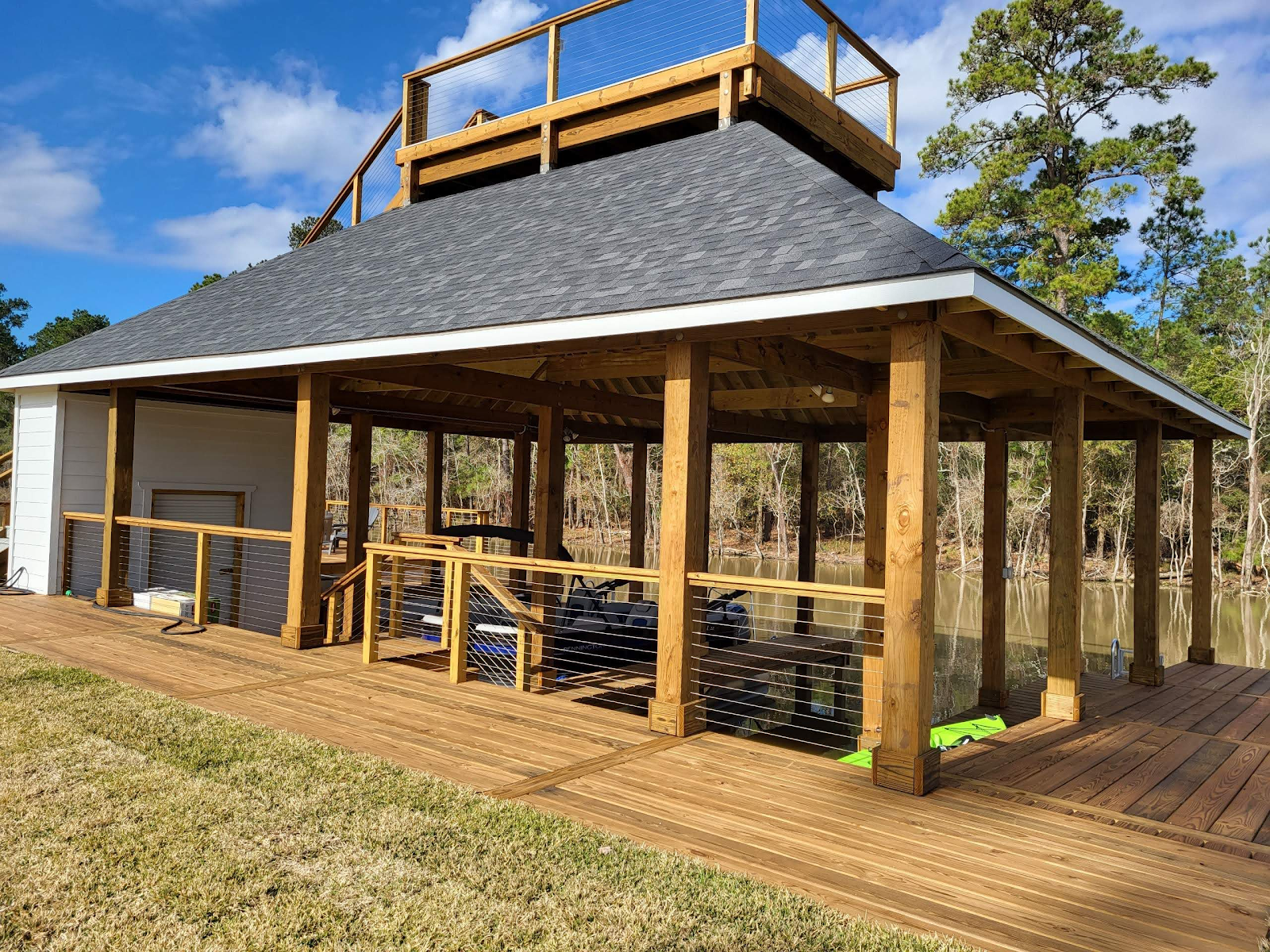How Long Does a Plate and Frame Heat Exchanger Last with Proper Care?
Plate and frame heat exchangers are critical components throughout various industries, regarded for his or her efficiency in transferring warmness between fluids. They are famous in HVAC structures, strength plants, chemical industries, and food processing. But just like any system, their lifespan relies upon heavily on how nicely they're maintained and operated. This weblog explores the factors that impact the durability of a plate and body warmth exchanger and the practices that ensure it lasts for future years.
What is the Average Lifespan of a Plate and Frame Heat Exchanger?
With right care, a plate and body warmness exchanger can ultimate between 15 to twenty years or even longer. However, this relies upon on the utility, the kind of fluids concerned, and environmental factors. Some devices might also see a shorter lifespan if subjected to harsh chemical compounds or intense running conditions, while others ought to exceed two decades with diligent upkeep.
Key Factors That Impact the Lifespan
The longevity of a plate and frame heat exchanger is inspired by multiple elements:
a) Fluid Quality
The kind and quality of the fluids passing via the exchanger play a important position. Corrosive fluids, immoderate scaling, or contaminants can damage the plates over time. Proper filtration and fluid treatment help save you fouling and extend the lifestyles of the device.
b) Operating Pressure and Temperature
Each plate and frame warmth exchanger is designed to deal with unique pressure and temperature levels. Operating the machine beyond its limits can motive thermal fatigue or plate deformation, decreasing its lifespan.
c) Frequency of Cleaning
Regular cleansing prevents fouling, scaling, and clogging of the plates, that may limit heat transfer and strain the system. Neglecting maintenance can purpose performance degradation, in the long run leading to the want for early replacement.
d) Material Selection
The materials used for the plates (inclusive of chrome steel, titanium, or other alloys) have an effect on durability. For instance, heat exchangers handling competitive chemicals may also want plates made from more corrosion-resistant materials to avoid early wear.
How to Maximize the Lifespan of a Plate and Frame Heat Exchanger
To make sure a plate and frame heat exchanger performs nicely for many years, comply with these maintenance and operational pleasant practices:
a) Routine Inspections
Frequent inspections help perceive early signs and symptoms of wear and tear, corrosion, or leakage. It’s vital to check for gasket deterioration and plate harm to save you minor issues from turning into steeply-priced maintenance.
b) Regular Cleaning Schedule
Implement a cleansing schedule to eliminate deposits and save you fouling. Cleaning methods like chemical flushing or mechanical cleansing (if the plates are detachable) help preserve peak efficiency. This additionally guarantees the heat exchanger works with out unnecessary pressure, enhancing its lifespan.
c) Monitor Pressure Drops
Consistent tracking of stress drops throughout the exchanger can display clogs or fouling. If pressure drops boom substantially, it’s a signal that the plates may additionally need cleansing or that the gaskets want inspection.
d) Replace Gaskets When Needed
The gaskets in a plate and frame warmness exchanger can put on out over time because of high temperatures or chemical publicity. Replacing gaskets while wished guarantees the exchanger maintains a tight seal and forestalls leakage.
e) Use Compatible Fluids
Using the proper type of fluid and treating them to reduce contaminants, like dissolved solids or corrosive sellers, can lessen the chance of scaling or corrosion. Ensuring compatibility among fluids and plate materials also extends the unit’s lifespan.
How Plate and Frame Heat Exchangers Compare to Air Cooled Heat Exchangers
While air cooled warmth exchangers and plate and body warmness exchangers both serve the motive of heat switch, their designs and programs vary. Air cooled heat exchangers are perfect for environments wherein water is scarce or no longer to be had, whilst plate and body warmness exchangers are more powerful in liquid-to-liquid warmness trade methods.
In terms of upkeep, air cooled warmth exchangers normally require less frequent cleaning, as they operate in open-air situations, but they do want ordinary inspections to cast off dust buildup on fins. On the other hand, plate and body warmth exchangers may additionally require greater meticulous care, in particular in industries that use fluids prone to fouling.
Both forms of warmness exchangers offer sturdiness if properly maintained, but plate and body warmness exchangers are regularly preferred in industries requiring compact designs and better heat switch performance.
Common Signs That a Plate and Frame Heat Exchanger Needs Attention
Even with proper care, there can be instances when your warmth exchanger shows signs of wear and tear or inefficiency. Here are some commonplace indicators that it could need preservation or restore:
- Reduced Heat Transfer Efficiency: If the output temperature is decrease than predicted, fouling or scaling can be decreasing efficiency.
- Increased Energy Consumption: When the exchanger struggles to switch warmth, power intake rises. This may want to indicate a need for cleansing or gasket alternative.
- Fluid Leaks: Leaking fluids may sign worn-out gaskets or corroded plates that want restore or alternative.
- Excessive Pressure Drops: A unexpected or slow craze in strain drop across the unit shows clogs or fouling within the plates.
- Abnormal Noise or Vibrations: Strange noises ought to suggest unfastened plates or malfunctioning components.
Addressing these signs and symptoms early can prevent steeply-priced downtime and make sure the unit continues to characteristic smoothly for years.
Conclusion: Proper Care Equals Long Lifespan
A plate and body warmness exchanger can provide decades of reliable performance if maintained effectively. The key to maximizing its lifespan lies in everyday inspections, scheduled cleaning, careful monitoring, and the well timed alternative of gaskets and other additives.
While air cooled warmness exchangers provide a low-maintenance opportunity in certain settings, plate and frame warmth exchangers excel in programs that require green warmth switch between liquids. By following the satisfactory practices outlined in this newsletter, industries can make sure that their plate and body warmth exchangers stay in terrific circumstance, turning in lengthy-term price and energy efficiency.
With right care and attention, these warmth exchangers will hold to carry out at height stages, reducing working fees and improving device reliability for decades to come back.





Comments
Post a Comment